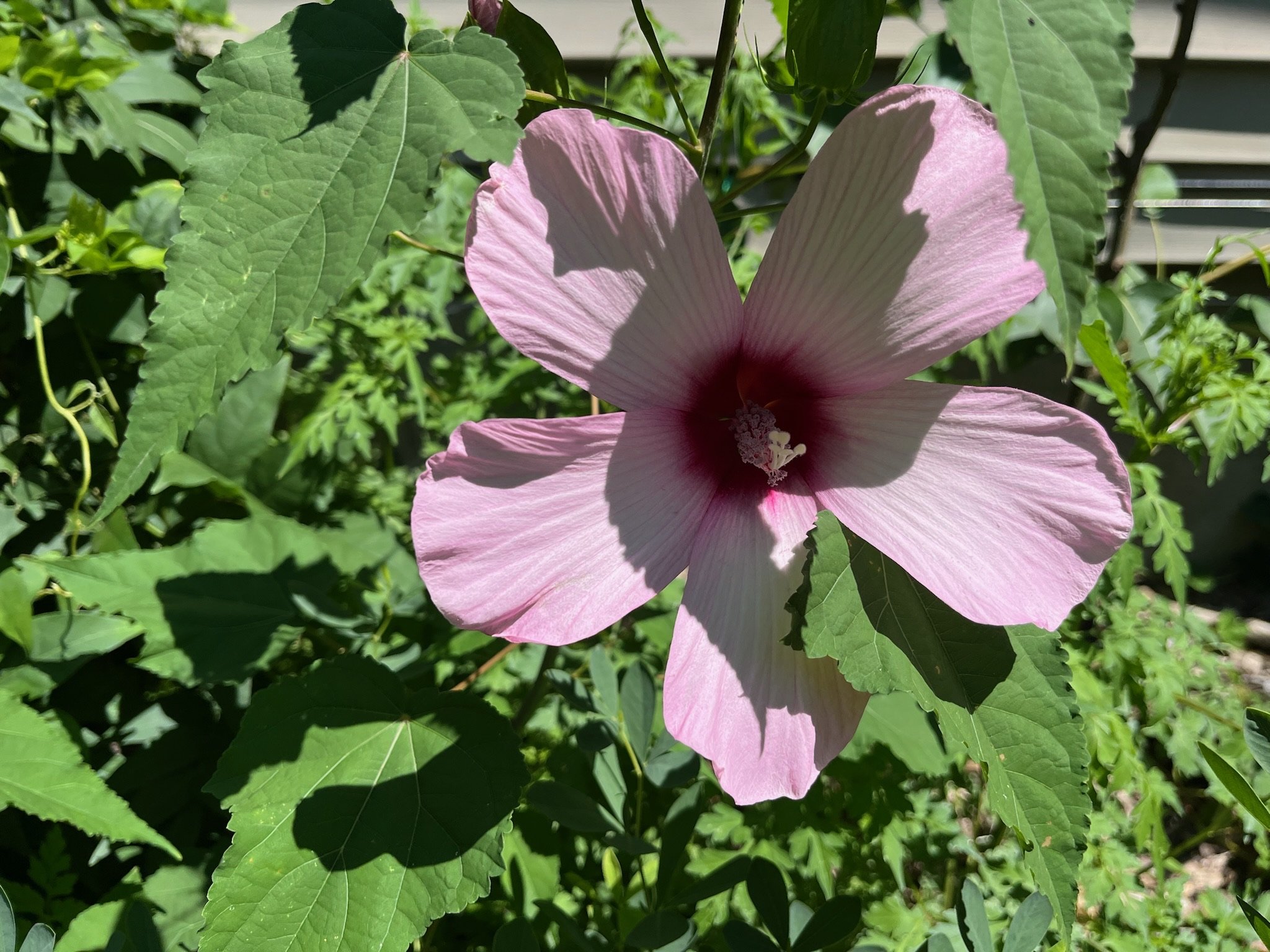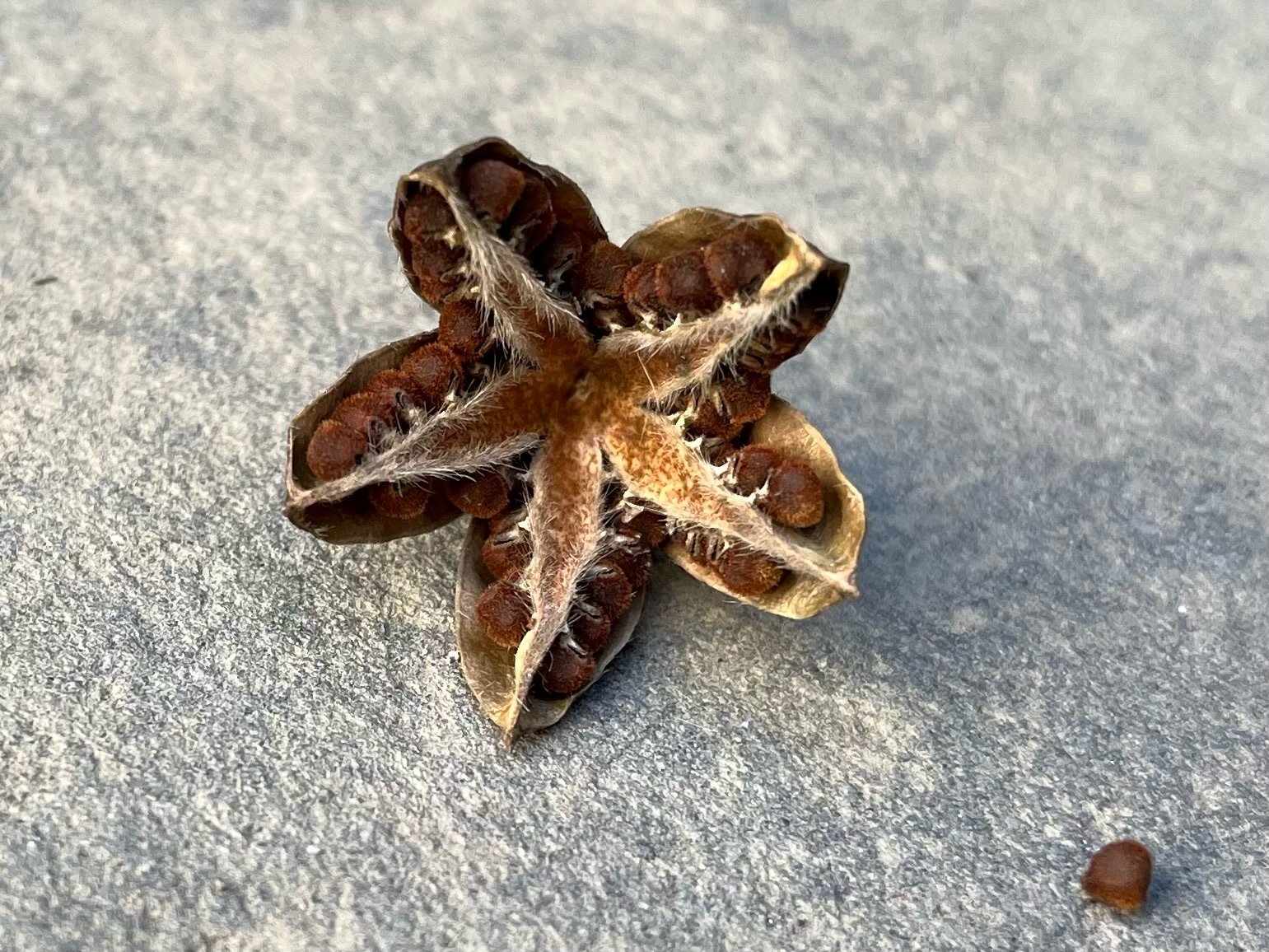That sort of idea of the artist as an architect belongs to architecture. Architects do that I realize, but I don’t think musicians generally do. I think that we are much more like gardeners. We’re planting seeds and then how they come up is different every time and constantly surprising. So I moved away from the idea of the artist as architect, meaning as somebody in possession of a completely clear vision of the final work. I moved away from that to the artist as gardener. Somebody who plants a few seeds and watches them grow, just as you the audience watches them grow. - Brian Eno
This quote is from a Brian Eno interview by The Institute of Art and Ideas that I recently saw on YouTube. How perfect for this project! Perhaps all the gardening I’ve done in the last 9 years isn’t so different from the music making. I’ve often thought about how our garden has been a large evolving work of art. During lapses in my musical output, the garden has served as my artistic output, although it’s more than that as well.
After reflecting on Eno’s quote, I’ve come to think for myself that music making is akin to both gardening and architecture. The act of finding an idea and then flushing it out into a song and getting it on paper seems similar to finding inspiration for a building and then drafting the plans on paper. When the song is performed, the interpretation of the performer, as well as the way it’s received by the listener, both reflect the variability of a garden. And when the song includes improvisation, such as in the jazz tradition, and like most of my songs, the analogy is really perfect. In that case the melody, chords, form, etc, are just the seed and then the growth, flowering, and fruiting comes in the performance, which is different each time. Similarly, in architecture I could argue that the actual construction of the building by tradespeople, and even more so how people interact with the building, has the variability of a garden. It’s fun to contemplate.
A double meaning occurred to me a couple weeks ago. Plant songs could mean “songs about plants”. But “plant” could also be a verb. I’m planting these songs. Some of them will flourish and others will not. The life they will live is not completely in my control. I can do things to encourage them to grow - to reach ears and hearts perhaps. But ultimately there’s not much I can do about how they’ll be received by listeners, or even by myself over time. All I can do is try my best to be true to myself with the songs I make, share them in appropriate ways, and then allow them to be free and try not to be attached to any of the results.
Laevis gets it title from Hibiscus laevis, the Halberd Leafed Rose Mallow, which is in the Malvaceae family. Most of the native flowers around here have tiny flowers. Usually we’re looking at an inflorescence - a group of tiny flowers that might appear like one big flower to us. Sunflowers and Coneflowers come to mind - what looks like one flower is actually many. But Hibiscus leavis has a really big, single showy flower. When I look at a flower like this I think it gives an idea of how a bee might see all the little flowers. Recently I observed the seed pods on our Hibiscus laevis starting to open. They look so cool - like an alien. Actually they remind me of one of the monsters in Stranger Things.
Musically Laevis is constructed of some somewhat bluesy phrases and all major triads - some commonly used in the key of F (the home key of this song), and some not. There’s a lot of third relationships between the triads. I kept waiting for some other chord qualities to suggest themselves as I was flushing out the song, but the major triads always sounded best to me. It came out of an improvisation again, and I think the song takes some inspiration from Keith Jarrett’s compositions from the 70s. I’ve been drawn to triads a lot over the recent years. Yet I remember being really thrown by them in the past, after having spent so much time with seventh chords, which are much more common in jazz repertoire. One reason that I might enjoy improvising over triads these days is that they have less baggage. Musicians often have improvisational concepts associated with certain chords or chord progressions, sometimes transplanting them into songs without much regard to the melody or the vibe of the song. For example, musicians might quickly think of a dorian scale when they see a minor seventh chord on the page, even if that thinking might be limiting. Triads are a little more open as to what you might play over them, at least for me.
I hope you enjoy this one!
Hibiscus laevis flower July 26, 2024.
Hibiscus laevis seed pod / Stranger Things monster mouth, just add strobe light and sound effects. October 6, 2024.

